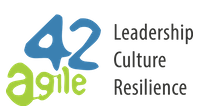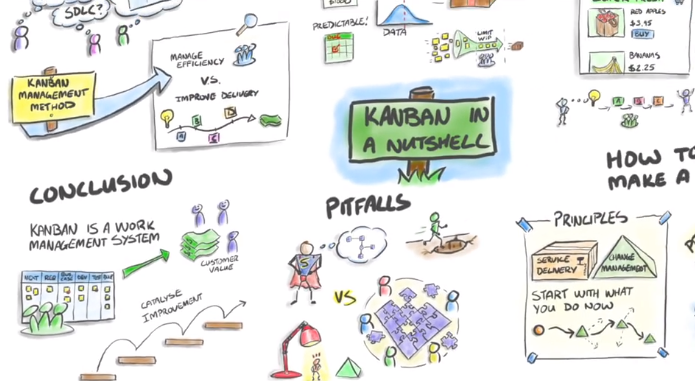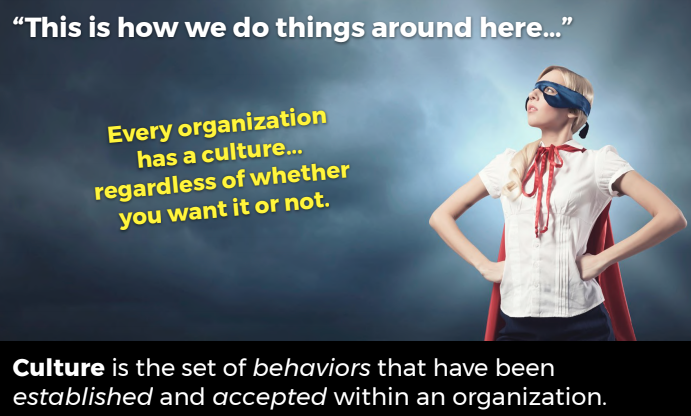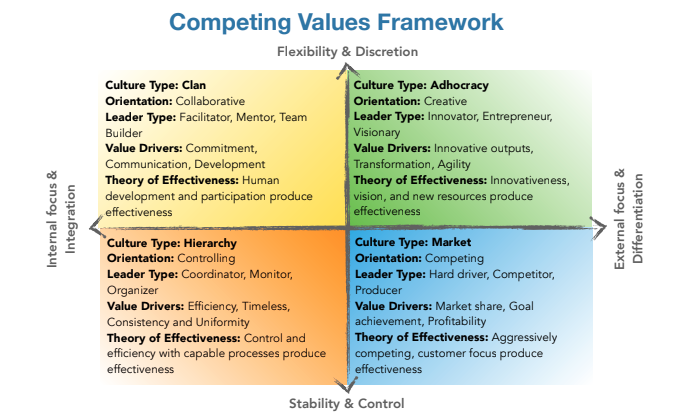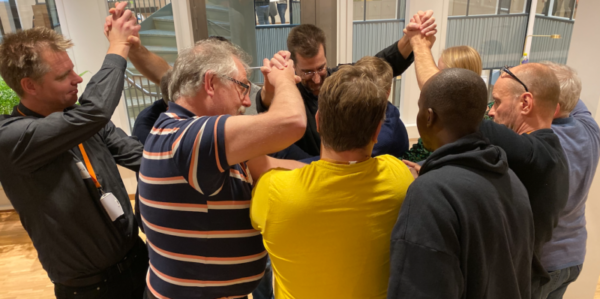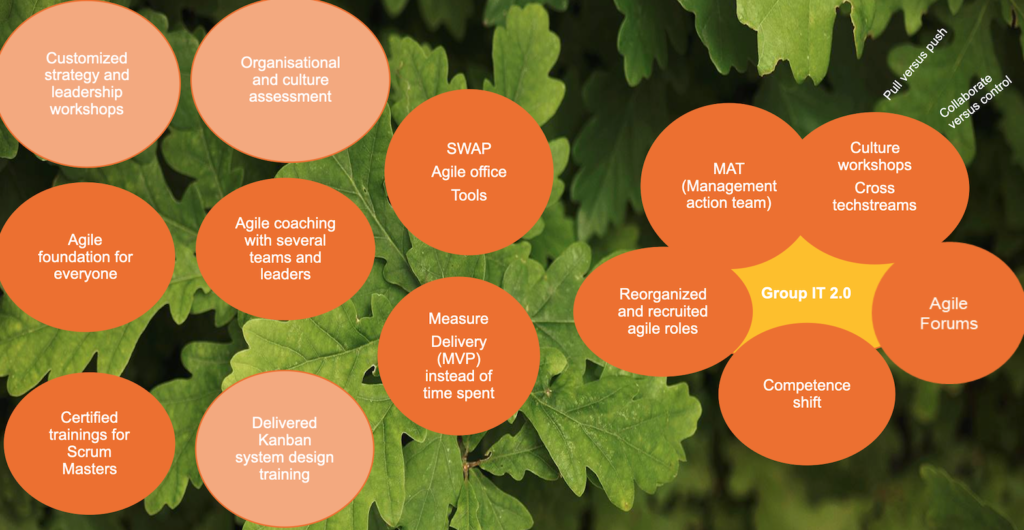Effective Large-Scale Learning
/by Sofia SvanbäckLast week we shared our Corporate Learning Program with our network in a webinar. It was a great pleasure to welcome Katrin Birrer from JTI (Japan Tobacco International) to the session who shared her insights and experience from collaborating with agile42 on JTI’s Agile Champion program, a learning experience which is being rolled out to 10,000 employees. From agile42’s side, our experts Simon Sablowski and Lothar Fischmann, presented the Corporate Learning Program.
More and more large corporates want and need to embrace agility. Becoming agile starts with achieving a shared understanding of the values, principles, and key practices. The challenge is to provide learning to thousands of employees. Agile is existing in many parts of organisations, but having every person attend a stand-alone training, probably with different providers, comes with some problems. The learning is different, in as many ways as there are providers. It takes time to coordinate the training, along with it potentially being a significant investment.
We’re finding that corporations are seeking solutions that are more cost-effective than sending individuals to training here and there. The Corporate Learning Program, co-created with the client, is more effective, in many ways.
In the webinar last week we got to take part in JTI’s story and their experience of working with us on their program. We both learnt a great deal through co-creating the program, and we're very pleased with the outcome. You can hear more about this from the recording.

Picture: An example of JTI's program
Our Corporate Learning Program offers large-scale learning by:
- allowing individuals to familiarise themselves with key concepts at their own pace
- providing everyone with a coherent learning experience
- customising the learning journey to your company’s needs
- blending virtual self-learning (understanding key concepts) with experiential learning (putting things into practice)
If this sparks your interest, how should you start?
The first step is to get in touch with us, so that we can gain an understanding of your situation - how big of an organisation you are; what your needs are.
Once we understand the needs, we can start to co-create the Corporate Learning Program to ensure the program is tailor-made for your needs and context.
From the picture below, you can see the next steps that follow when we have a program that is ready for employees to start exploring.
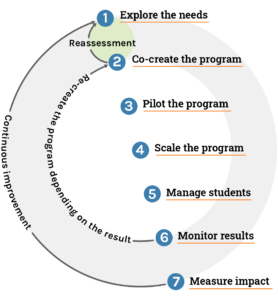
Here you can find the slides from the presentation.
The recording is available online. You can watch it again or share it with your network as you see fit. It is also available on YouTube.
We hope that you get in touch with us so that we can start to explore your needs!
*Follow this link to view upcoming & past webinars on our website*
